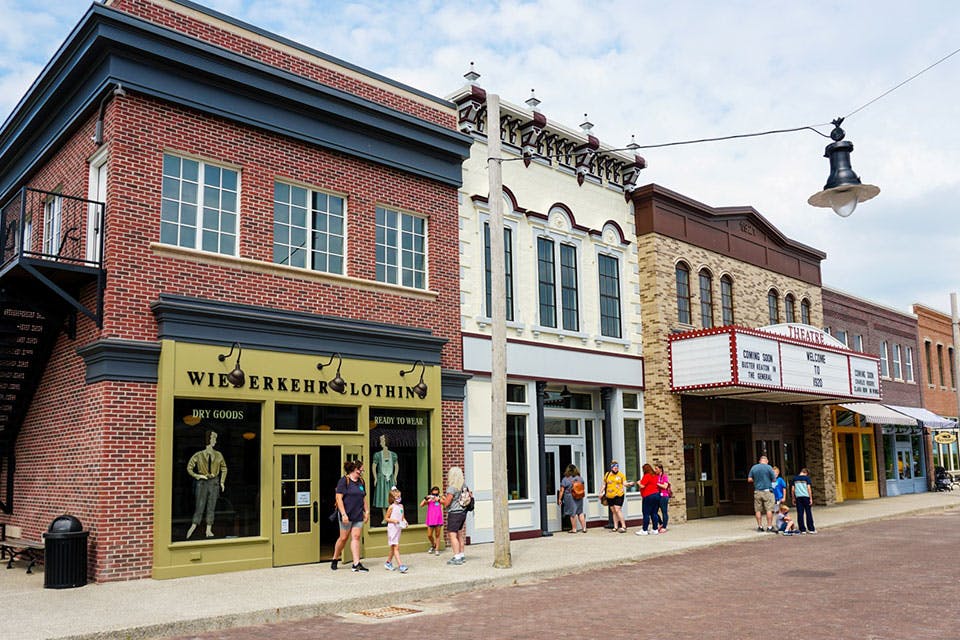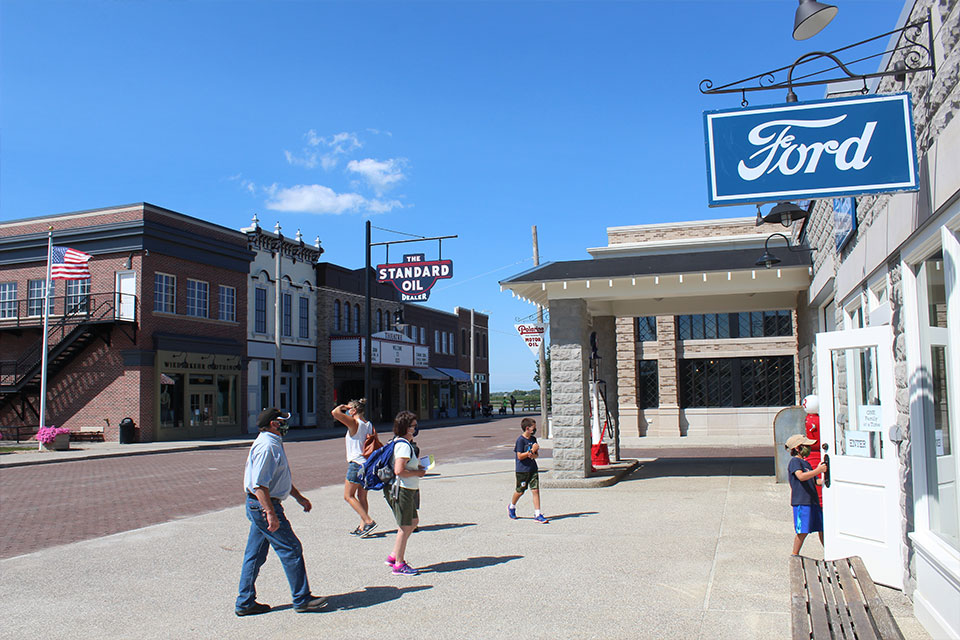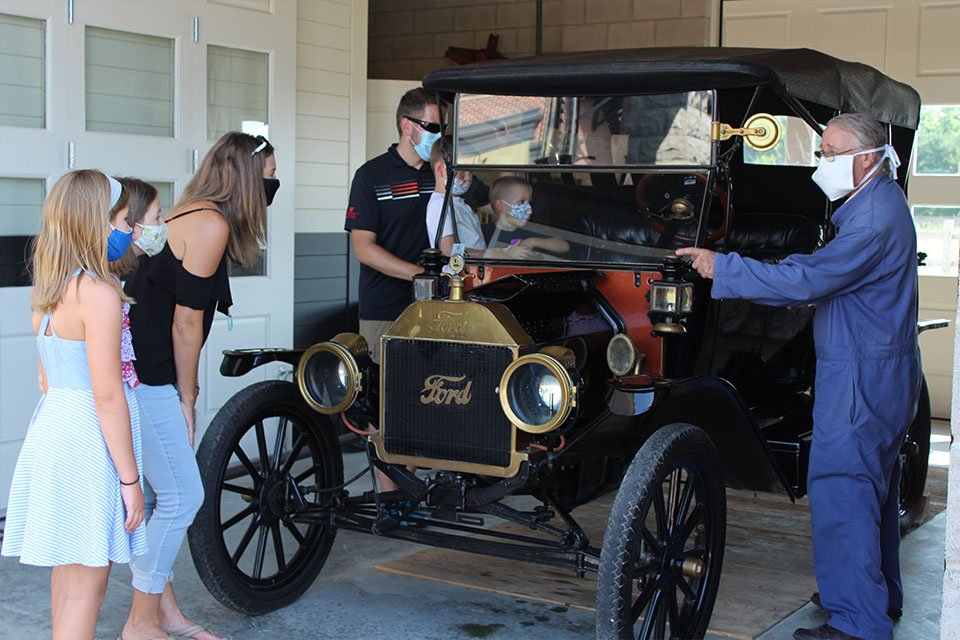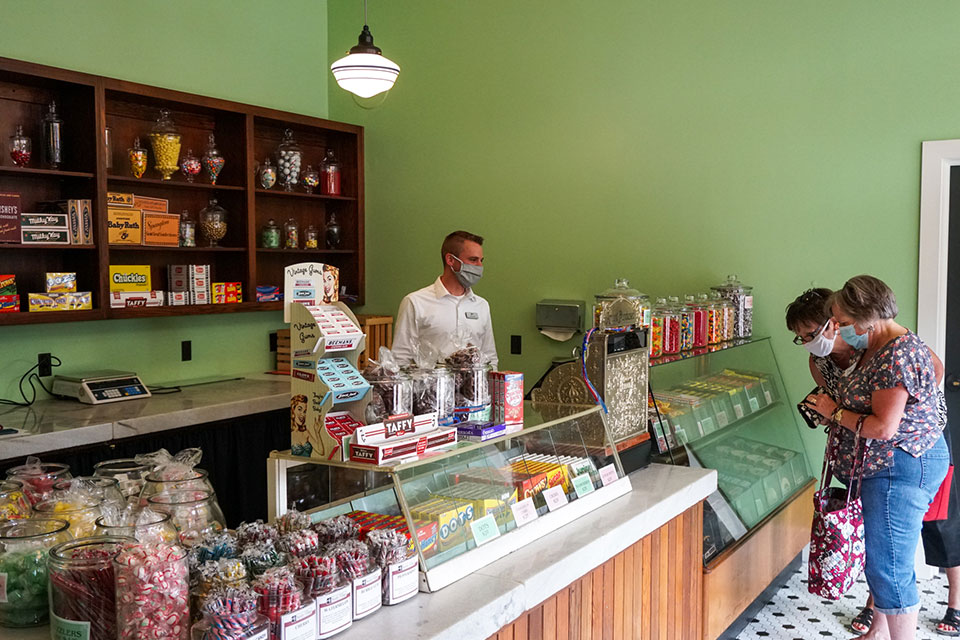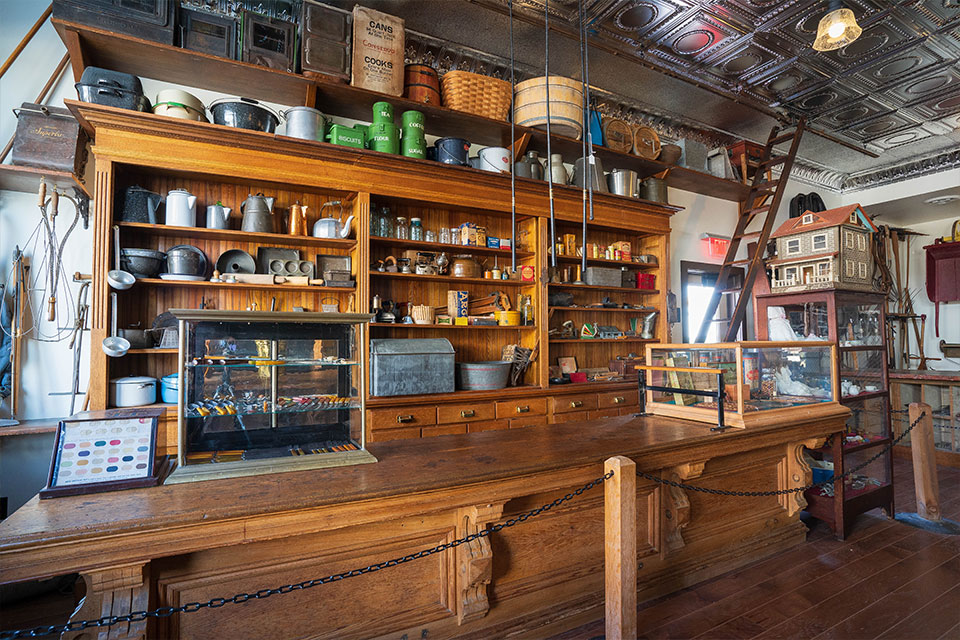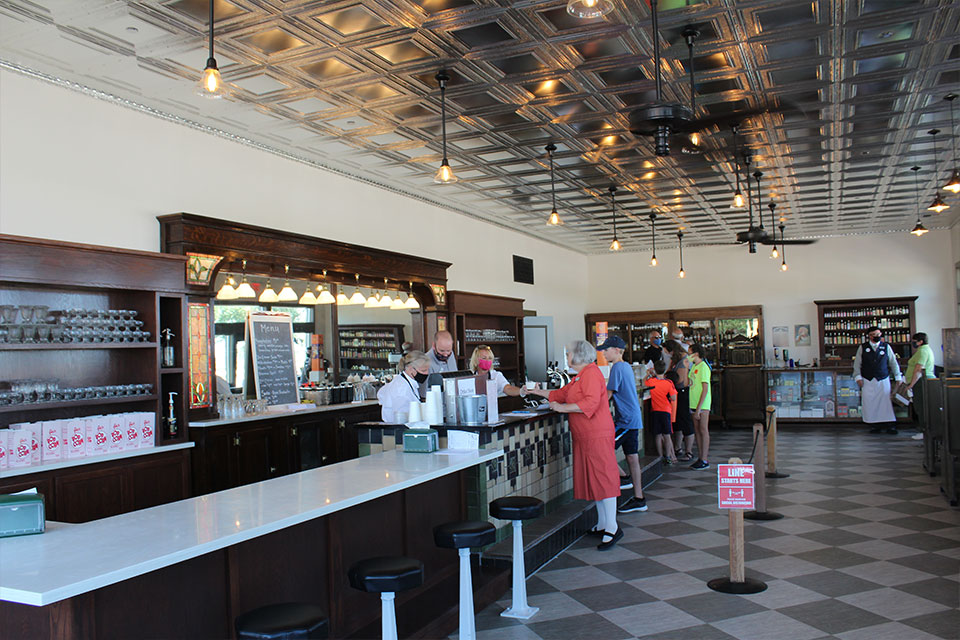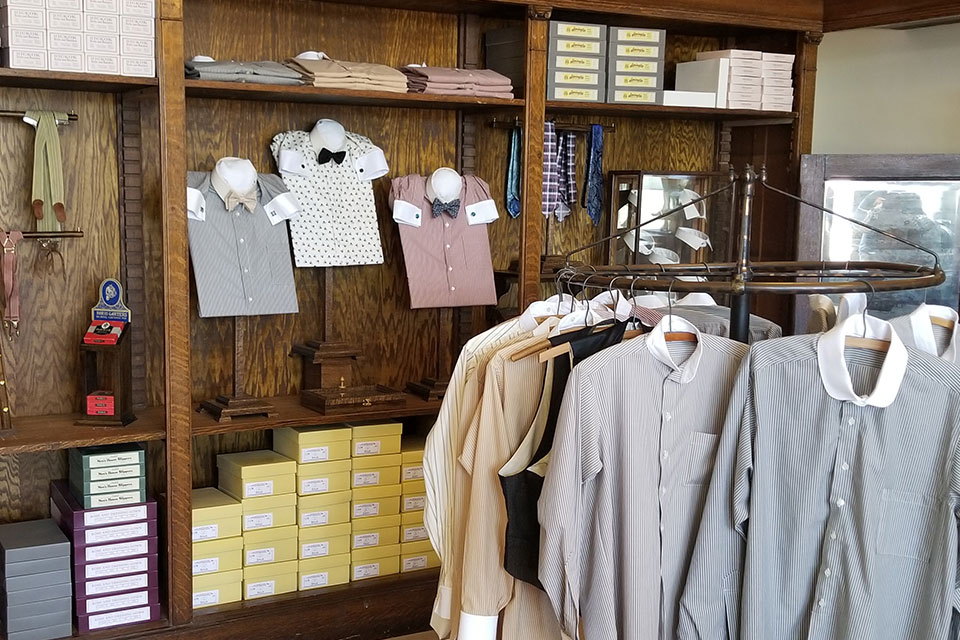Travel
Sauder Village’s 1920s Main Street
Ohio’s largest living-history attraction has added a new chapter to its Walk Through Time: a downtown block of discovery that’s 100 years in the making.
Related Articles

Engage Your Kids’ Sense of Wonder at 5 Ohio Science Centers
Curiosity fuels learning at these kid-focused destinations across our state that are filled with hands-on experiences, insightful exhibits and big fun. READ MORE >>

Visit the Ohio Graves of 5 U.S. Presidents
Seven presidents were born in Ohio, and another called the state home before being elected. Connect with that history by visiting the final resting places of the five who are buried here. READ MORE >>
.jpg?sfvrsn=c7bfb738_5&w=960&auto=compress%2cformat)
3 Ways to Celebrate Ohio Statehood Day in 2025
Happy birthday, Ohio! Celebrate 222 years of the Buckeye State this week in both our current and former capital. READ MORE >>


